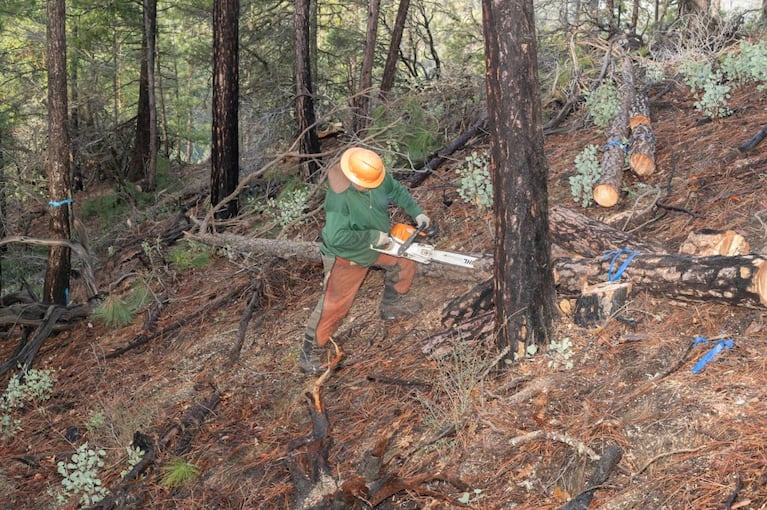 Canada’s Forest Trust Corporation (CFTC) and Forests Canada announced a new partnership, where the two national organizations will team up to plant trees from coast to coast. Together, the organizations will plant 250,000 trees this year, with Forests Canada contributing longstanding expertise and proudly delivering forest restoration programs focused on improving forest health and landscape connectivity to support diverse, healthy ecosystems. CFTC brings excellence in the use of technology to monitor forest health, biodiversity benefits, and climate impacts. The national collaboration will create up to 125 hectares of new forest. This will contribute to CFTC’s projections of planting 30 million trees over the next five years, and builds on more than two million trees that CFTC has planted and monitors in partnership with clients, local communities, and Indigenous partners. This collaboration will also contribute to Forests Canada’s all-time goal of planting a total of 50 million trees by the end of 2025.
Canada’s Forest Trust Corporation (CFTC) and Forests Canada announced a new partnership, where the two national organizations will team up to plant trees from coast to coast. Together, the organizations will plant 250,000 trees this year, with Forests Canada contributing longstanding expertise and proudly delivering forest restoration programs focused on improving forest health and landscape connectivity to support diverse, healthy ecosystems. CFTC brings excellence in the use of technology to monitor forest health, biodiversity benefits, and climate impacts. The national collaboration will create up to 125 hectares of new forest. This will contribute to CFTC’s projections of planting 30 million trees over the next five years, and builds on more than two million trees that CFTC has planted and monitors in partnership with clients, local communities, and Indigenous partners. This collaboration will also contribute to Forests Canada’s all-time goal of planting a total of 50 million trees by the end of 2025.



 Can you fly airplanes with wood? The answer is: yes. It’s a very qualified “yes” — and it may not happen for many years — but the potential exists to manufacture sustainable aviation fuel from residual wood products and other non-petroleum-based sources that can reduce an airplane’s carbon footprint. “The technology to fly airplanes with wood exists but needs to be scaled up to show the true potential,” Rick Horton, executive vice president of Minnesota Forest Industries, told the House Agriculture Finance and Policy Committee at an informational hearing Monday. Horton was one of several testifiers who said using sustainable aviation fuel to power airplanes is in its infancy and needs large-scale development — and probably government subsidies — to make it economically viable… Sustainable aviation fuel currently costs two to five times more than conventional jet fuel.
Can you fly airplanes with wood? The answer is: yes. It’s a very qualified “yes” — and it may not happen for many years — but the potential exists to manufacture sustainable aviation fuel from residual wood products and other non-petroleum-based sources that can reduce an airplane’s carbon footprint. “The technology to fly airplanes with wood exists but needs to be scaled up to show the true potential,” Rick Horton, executive vice president of Minnesota Forest Industries, told the House Agriculture Finance and Policy Committee at an informational hearing Monday. Horton was one of several testifiers who said using sustainable aviation fuel to power airplanes is in its infancy and needs large-scale development — and probably government subsidies — to make it economically viable… Sustainable aviation fuel currently costs two to five times more than conventional jet fuel.